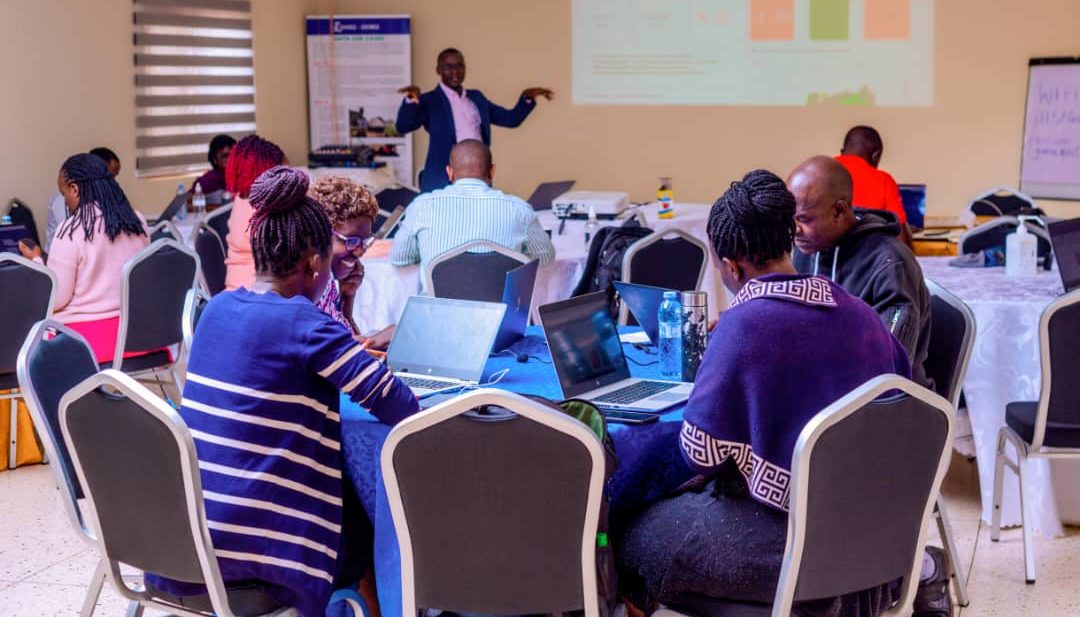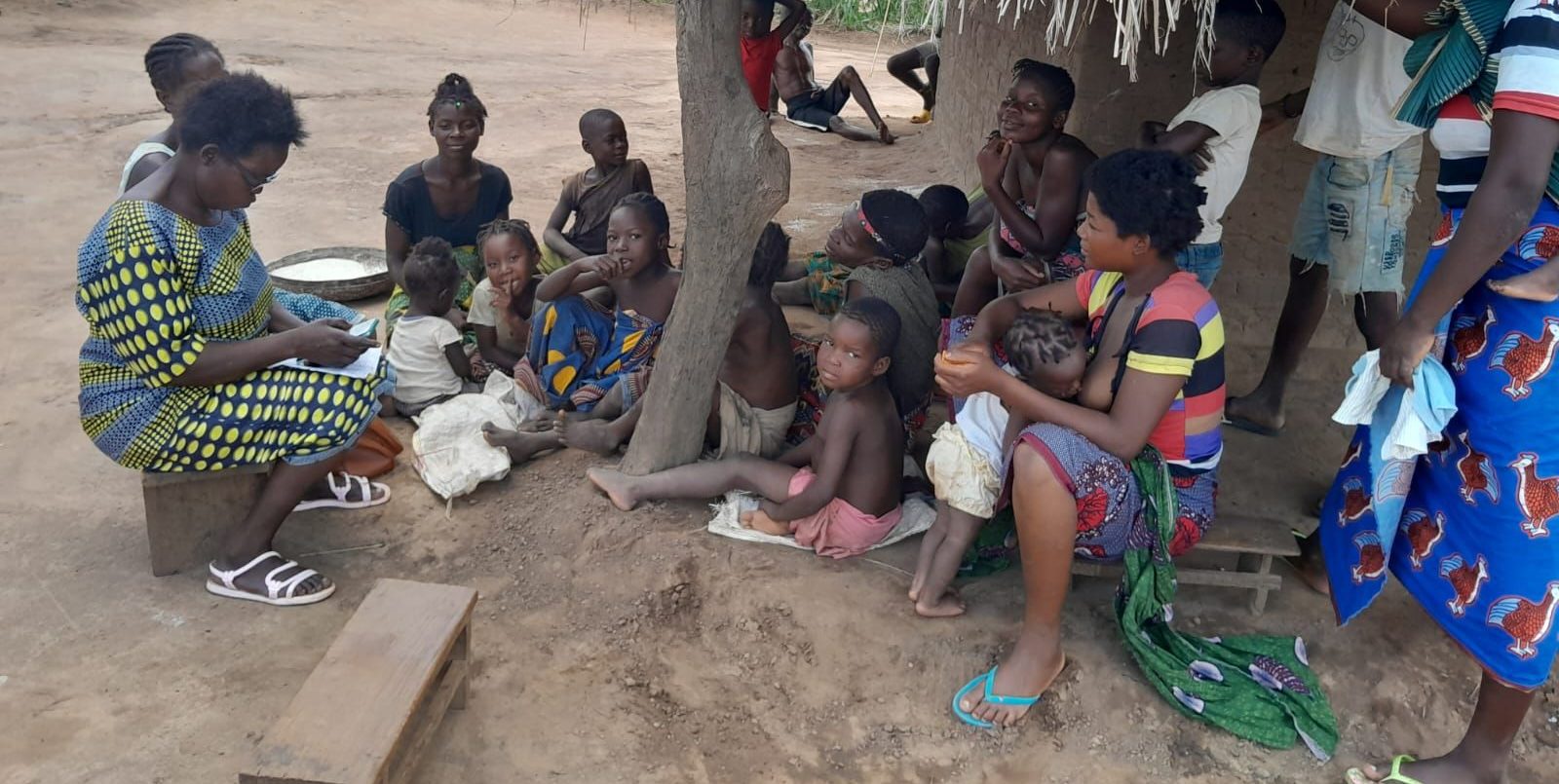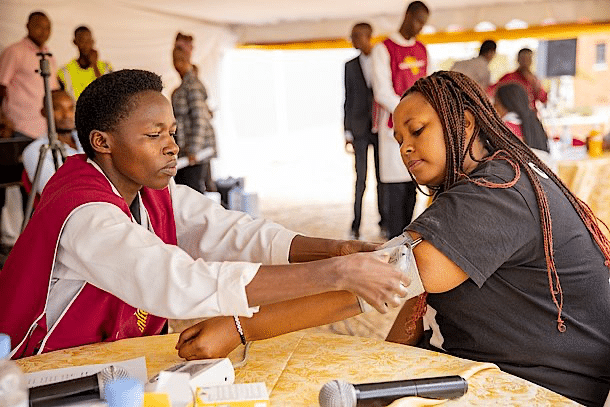Egypt deploys DHIS2 for emergency and humanitarian response
The Ministry of Health and Population in Egypt uses DHIS2 Tracker to help screen and treat malnutrition cases among refugees from the ongoing conflict in Sudan, and to manage the diagnosis, referral, and treatment of injured civilians from the Gaza conflict.
Egypt has a strong, diverse healthcare system comprising a mix of governmental, university, insurance system and private sector facilities serving a population of more than 110 million people. The Ministry of Health and Population in Egypt (MOHP) expressed initial interest in DHIS2 in the second quarter of 2023 as a possible component of its digital health ecosystem.
At the beginning of the Sudan conflict in May 2023, when a large number of refugees from Sudan began to arrive in Egypt, the Egyptian MOHP and UNICEF reached a shared understanding of the importance of conducting nutritional screening for children under the age of five, as well as pregnant and lactating women. The goal was to identify any cases of acute malnutrition among the most vulnerable to facilitate early detection and management, given Sudan’s pre-crisis prevalence of malnutrition. With support and guidance from HISP MENA, an event tracker for malnutrition screening was developed, configured, and implemented on the DHIS2 platform. As of January 2024, more than 4,000 women and children have been screened, and identified cases of acute malnutrition have been referred for treatment.
Meanwhile, Egypt’s health system has also had to respond to another emergency: the influx of injured Palestinian civilians from the conflict in Gaza that began in October 2023. The MoHP quickly identified the need for a unified platform to help monitor these patients across more than 30 hospitals in eight governorates, and decided to utilize DHIS2 based on the success with the nutrition tracker so far. This system was rolled out in less than 10 working days, and has helped with registration and recording of key health data for injured Palestinians, facilitating their diagnosis and referral for treatment.
Supporting screening for acute malnutrition through a locally developed DHIS2 system
The first DHIS2 platform in Egypt was developed by eight experts from MoHP, the Ministry of Planning, UNICEF Egypt and HISP MENA, and rolled out within 45 working days. This included the establishment of the local data center to ensure that the platform was hosted on national servers. This system was set up to screen for malnutrition among the displaced Sudanese in Egypt. It uses DHIS2 Tracker to record and monitor individual-level data, facilitating follow-up on each individual case.
One of the most important features of the nutrition tracker is the automatic calculation of the Z-score, which is a statistical method based on anthropometric measurements – weight and height – to evaluate a child’s nutritional status. This feature acts as an effective decision support system, removing possible errors from assessment using growth curves. In addition, the system’s dashboards give management at different administrative levels the ability to evaluate the efficiency of the services and pinpoint facilities that need on-the-ground support increasing efficiency of the supervision team.
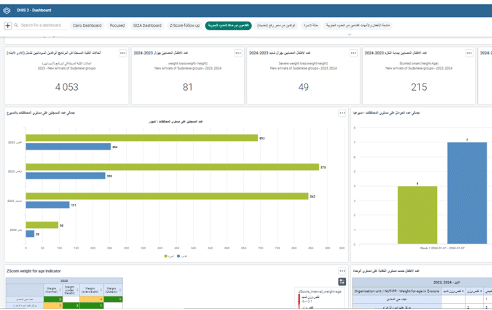
As of January 2024, the system is active in 16 primary care facilities in two governorates, with two additional governorates launching soon, as well as plans to expand to other governorates and facilities. There are also plans to include NGOs as service providers integrating both public and private sectors into the same system. To date, over 4,000 women and children have been screened, and identified cases of acute malnutrition have been referred to the appropriate management facilities.
Adapting DHIS2 to support individual diagnosis, referral and treatment
With the start of the conflict in Gaza in late 2023, Egypt’s emergency response included receiving complex referred medical cases as Palestinian hospitals grappled with the unprecedented number of wounded and injured civilians and repeated military attacks. The MoHP of Egypt announced that more than 30 hospitals were being prepared to receive injured Palestinians across eight governorates. To help manage this, the MOHP recognized the need for a unified digital platform to monitor simple patient records that can be accessed from different facilities and with specialists at the national level.
By this time, DHIS2 was already successfully deployed for the Sudan response. After discussions with UNICEF and HISP MENA, a common understanding was reached to attempt the utilization of DHIS2 at the hospital level. A series of technical meetings were conducted with the MoHP DHIS Country Team, UNICEF and HISP MENA to discuss the business requirements, emergency workflows, challenges on the ground, and system architecture design. The DHIS2 tracker was then rolled-out in less than 10 working days, to be used at hospitals receiving injured Palestinians. The focus was on documenting, monitoring, and analyzing health data related to these patients.
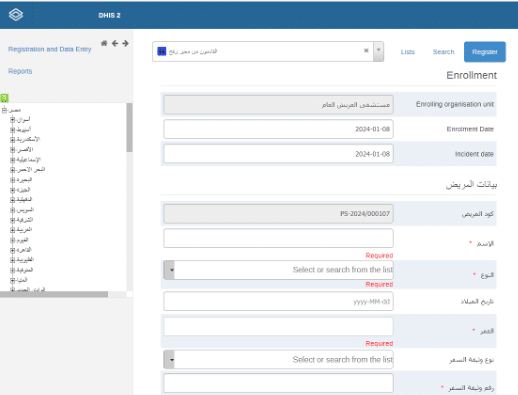
The DHIS2 registry comprises a registration page capturing demographic data, plus various stages that collect admission details, diagnosis, surgeries, X-ray orders, lab tests, treatment processes, and outcomes. To ensure unified diagnosis, ICD10 coding (a system used to classify and code all diagnoses, symptoms and procedures) is embedded in the system. The DHIS2-based registry also includes referral functionality to be able to monitor services for the same patient in different facilities. The registry has been successfully implemented across the 30 designated hospitals receiving individuals from Gaza.

From the first point of contact at the healthcare facility, health care providers were able to utilize DHIS2 to register patients and provide initial diagnosis, subsequently referring them to one of the 30 hospitals based on their medical evaluation and need. To enhance monitoring, a dashboard was created featuring reports, indicators, visuals, charts, and line lists containing registered patient details and their transactions between allocated hospitals.
In the face of the ongoing crisis in Gaza, the collaboration between the Egyptian MoHP, UNICEF Egypt and HISP MENA remains steady, with continuous efforts to refine and adapt the system to support the health sector and support government initiatives. Looking ahead, the MOHP, UNICEF and HISP MENA are planning for further large-scale implementation of DHIS2 in Egypt’s primary healthcare system.
